Can we eat zucchini flowers?
This article is reviewed by Russel, before publishing. If you have any doubt, you can contact us or consult with your nearby doctor. Remember, in medical matters, there is no same advice, cure, and medicine for all.
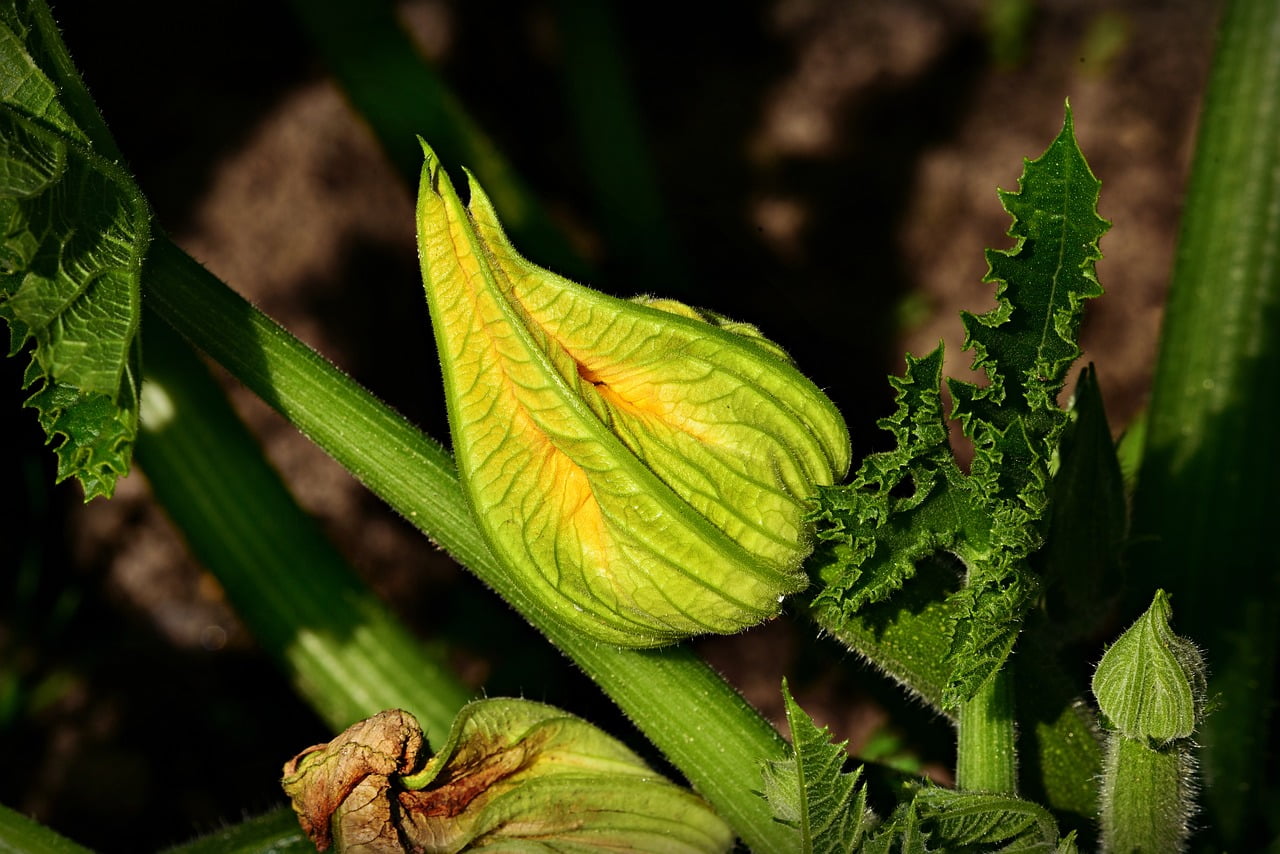
Yes, you can absolutely eat zucchini flowers! These delicate, bright yellow blossoms are a culinary delight with a mild zucchini-like flavor. Not only do they add a touch of elegance to dishes, but they’re also packed with healthy nutrients.
Table of Contents
ToggleZucchini produces both male and female flowers. Male flowers grow on long, thin stems and don’t produce fruit. Female flowers have a tiny zucchini at the base. It’s best to harvest male flowers so you don’t reduce your zucchini yield. Look for blossoms that are brightly colored and open. Pick them in the early morning when they’re at their freshest.
Gently rinse your zucchini flowers under cool water to remove any dirt or insects. Pat them dry and carefully remove the central stamen (this can be slightly bitter). Now they’re ready to use!
This article is reviewed by Russel, before publishing. If you have any doubt, you can contact us or consult with your nearby doctor. Remember, in medical matters, there is no same advice, cure, and medicine for all.

Can we eat sandwich during pregnancy? Pregnancy is a crucial time for a woman’s health, and it’s important to maintain a healthy and balanced diet. Sandwiches are a popular and convenient food item that many women enjoy, but some may wonder if it’s safe to consume during pregnancy. Nutritional value of sandwiches A sandwich typically…
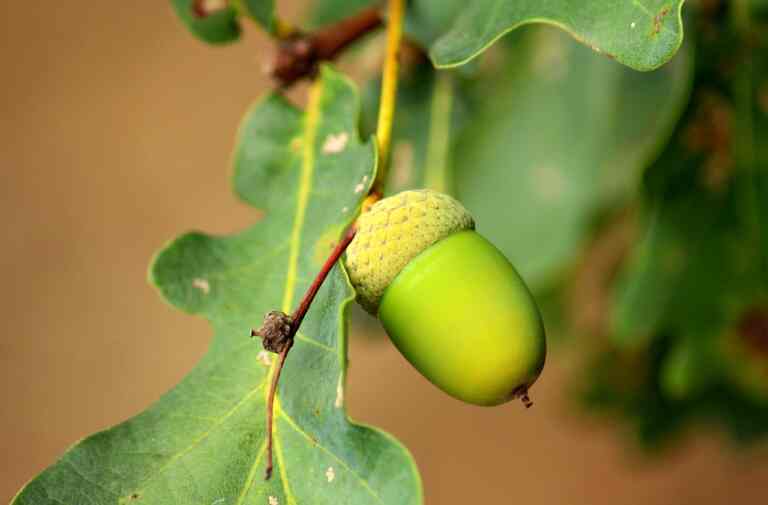
Can we eat acorns? Acorns, those small, unassuming nuts that litter the ground beneath oak trees, have been a staple in the diet of many cultures throughout history. Yet, despite their prevalence, not many people know that these humble nuts are not only edible but also nutritious. In this blog post, we’ll explore the fascinating…
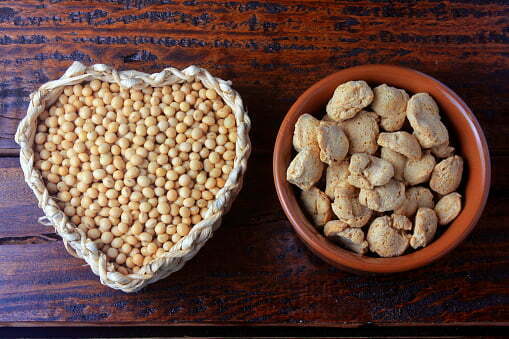
Can we eat soya chunks daily? Soya chunks, also known as soy nuggets or textured soy protein, are a popular plant-based protein source that can be consumed in a variety of dishes. While they are a nutritious and convenient food. It is important to consider the potential benefits and drawbacks of consuming soya chunks on…
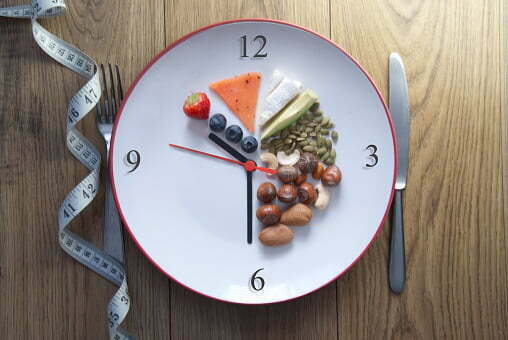
Can we eat carbs and still lose weight? Many people believe that in order to lose weight, they need to completely cut out carbs from their diet. However, this is a common misconception. Carbohydrates are an essential macronutrient that provides our bodies with energy, and they can be a part of a healthy weight loss…
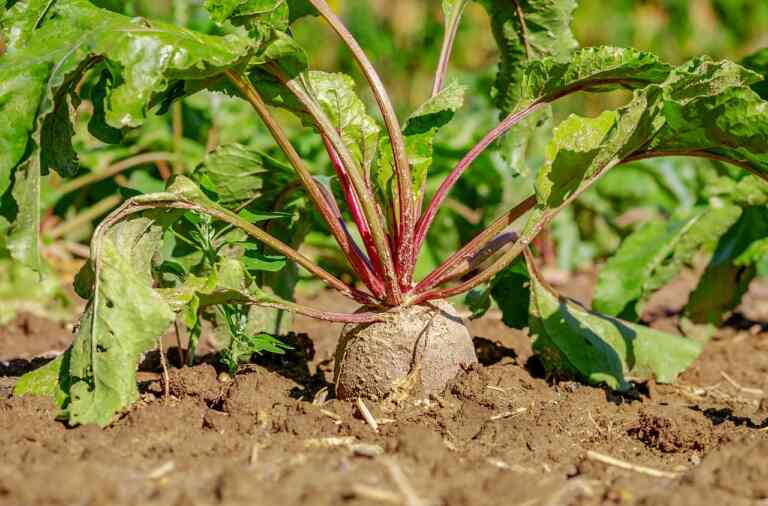
Can we eat beetroot leaves? Beetroot, with its vibrant hue and earthy taste, is a staple in many kitchens worldwide. But what about the leafy greens attached to this nutritious root? Often overlooked, beetroot leaves, also known as beet greens, are a powerhouse of nutrients waiting to be explored. In this blog post, we’ll dive…
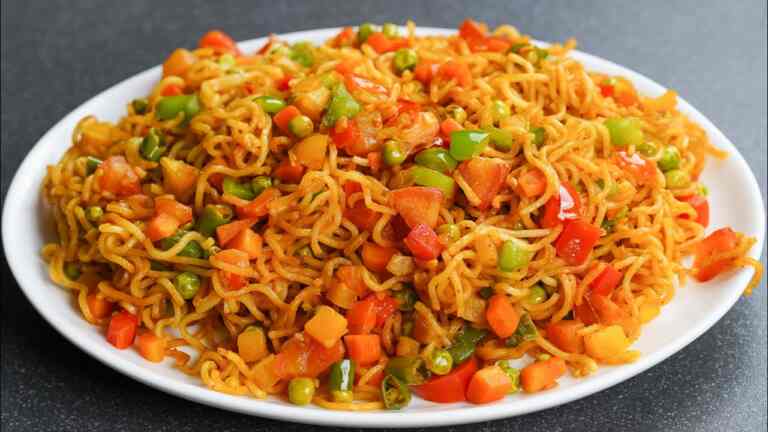
Can we eat maggi in cough? You might have heard that eating Maggi can help soothe a cough or sore throat. And you’re not alone. A lot of people believe this to be true. In fact, many people swear by it. But does science back up this claim? The answer is…maybe. Some studies suggest that…